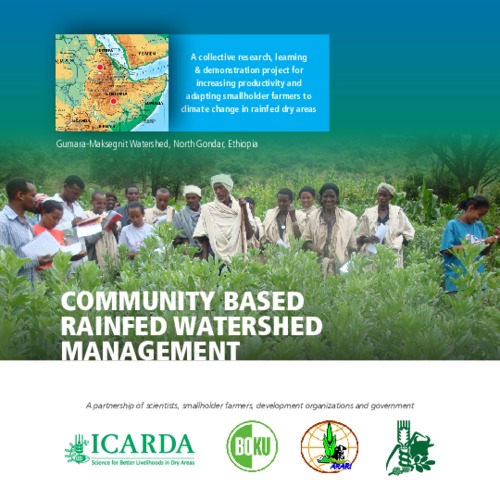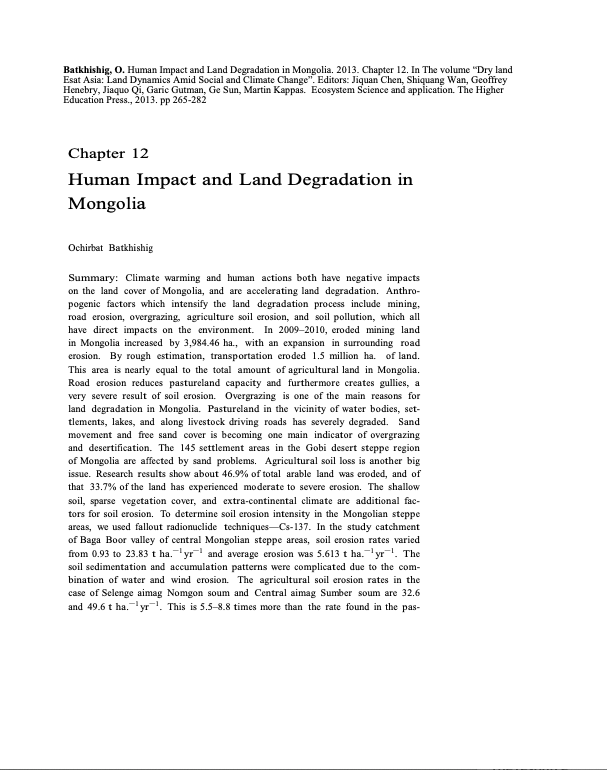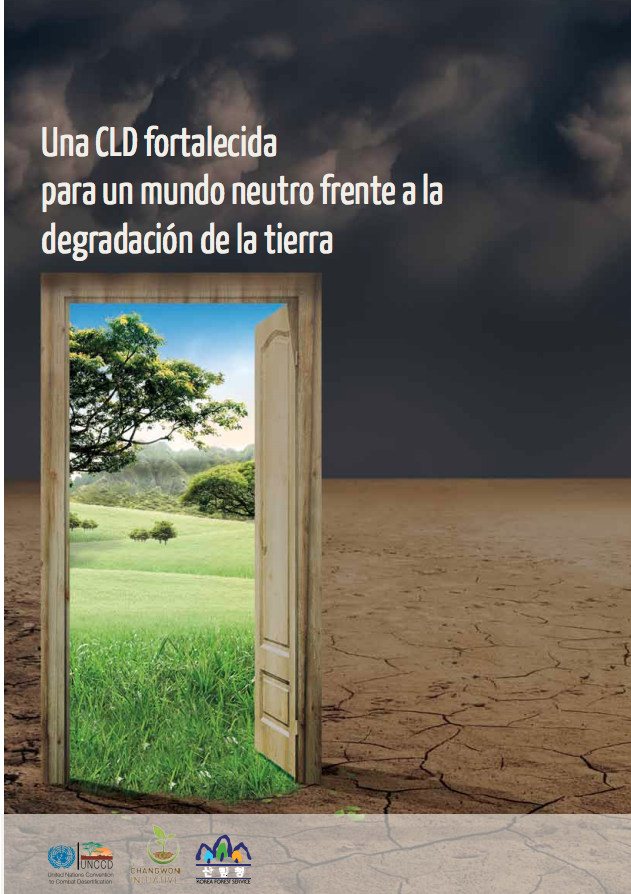Comparación de etapas de degradación vegetacional con manejo pecuario utilizando valores bioindicadores de Ellenberg en la Patagonia Chilena
En Aisén, Chile, se compararon distintos estadios de degradación antropogénica de la vegetación arbustiva original en una serie de distintos manejos de pastoreo, utilizando los indicadores ecológicos vegetales de Ellenberg para los factores de luz, temperatura del aire y de reacción, nitrógeno y humedad del suelo. El matorral de ñirre primario se consideró como inicio de la serie. Se trabajó con tablas de vegetación separadas para cada estado de degradación.











